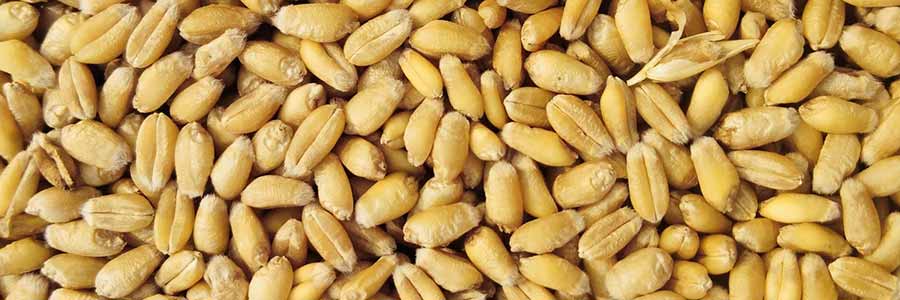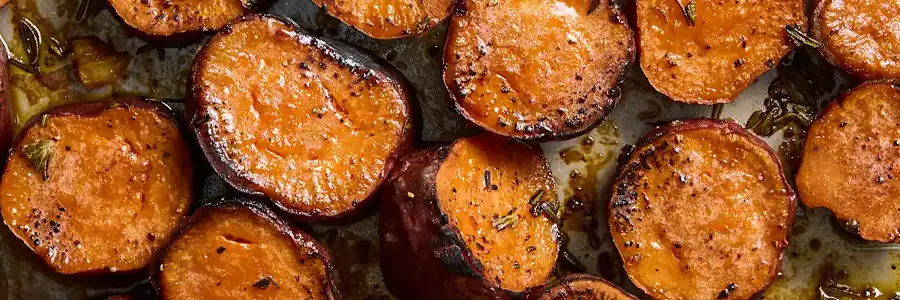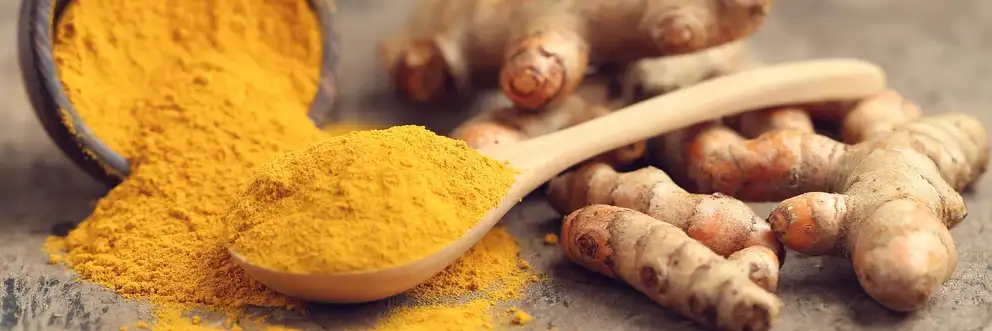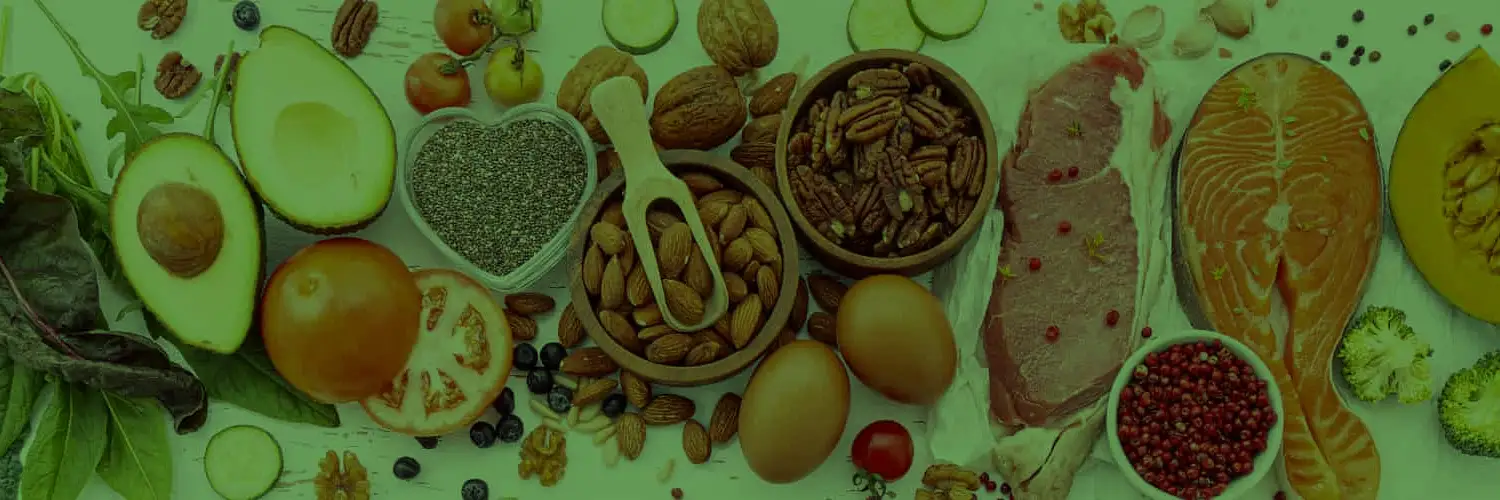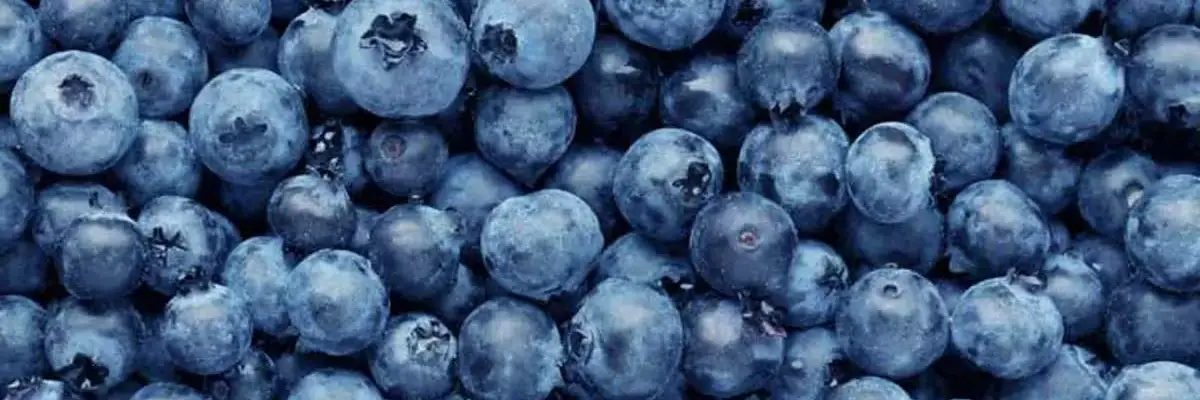A gluten free diet is not all bad.
You’ve been diagnosed with coeliac disease or you have been advised to do an elimination diet by a nutritionist or dietician. What do you do?
Let’s start with coeliac disease. My husband was diagnosed in 2008 with this condition. I remember how devastated he was to find out that he had coeliac disease. Suddenly he couldn’t drink beer, eat ‘normal’ bread, have pasta or go out for a pizza. Socially it was difficult because he didn’t want to be an inconvenience to our friends and family when we went out. He also had to come to terms with having a ‘disease’ that affects his immune system. Fortunately I was able to guide him on what to eat and what not to eat but for some people it can be quite overwhelming and daunting.
He realised that his diagnosis could have been a lot worse and over time there was acceptance around his condition. Fortunately, these days, there is far more information out there about going gluten free.
What is coeliac disease?
Coeliac disease is a condition where the body’s immune system attacks its own tissue when eating foods containing gluten. This immune response causes damage to the lining of the gut and means those with coeliac can’t properly absorb nutrients from their food unless they completely remove gluten from their diet.
It is a common disease and affects 1 in 70 people. Unfortunately there are many people who have coeliac disease but don’t realise that they have it. Frequently it is misdiagnosed as irritable bowel syndrome (IBS).
Symptoms are variable, some people may experience bloating, diarrhoea, nausea, wind, constipation, fatigue, mouth ulcers, weight loss or low iron. Others may experience few symptoms and be of normal or above average weight.
The only treatment for coeliac disease is to go gluten free. What is gluten? Gluten is a family of proteins, mainly glutenin and gliadin found in wheat, barley and rye. In New Zealand, oats is also considered a problem since one in five people eating uncontaminated oats will have a coeliac reaction. Oats contains the gluten fraction avenin. Gluten is what gives dough it’s elasticity and bread it’s spongy texture.
So what does a gluten free diet look like? One would think that it’s relatively easy to go gluten free. It can be, once you recognise that gluten is hidden in many foods that you wouldn’t expect to find it in. For example, soy sauce is made with wheat and many crisps have gluten in the seasoning. It will be really important for you to read food labels to identify any hidden sources.
Some basic foods that contain gluten are:
- Wheat, spelt, kamut, durum, semolina, rye, barley and couscous
- Cake flour
- Malt
- Cereal
- Cakes and biscuits
- Crackers and pretzels
- Pasta and pizza crust

Hidden sources to look out for include:
- Breaded meat, sausages & crumbed fish
- Processed cheese
- Fried foods (restaurants need separate fryers for coeliac customers)
- Baking mixes and sweets
- Soups
- Artificial colourings & salad dressings
- Salad dressings
- Beer, port and malt liquors
- Malt vinegars
- Gelatinised starch, modified food starch, flavourings, vegetable gum and vegetable starch
Gluten free options include:
- Meat, poultry, fish and eggs
- Beans and legumes
- Fruit and vegetables
- Corn (corn flour, cornmeal & polenta)
- Arrowroot powder
- Buckwheat, amaranth, millet, sorghum, tapioca, quinoa & rice
- Flaxseed
- Chickpea flour
- Coconut
- Dairy, but you may need to read the labels
- Some vinegars
- Herbs and spices but you do need to check labels
- Baking powder and baking soda but check labels
Prevent cross-contamination in your home:
- Buy a toaster to use for gluten free bread only.
- Use stainless steel cookware because non-stick pans may absorb gluten.
- Use separate bakeware for gluten free dishes.
- Have a separate drawer for gluten free food and label them.
- Have a separate bread board and cutting board for gluten free food.
- If you are prescribed medications, be sure to check that it is gluten free.
A word on health and gluten free
Just because it is gluten free doesn’t mean it is good for you. I’m talking about the sweet stuff. You still need to make healthy choices to support your gut health and overall wellbeing.
What happens if your coeliac test comes back negative and you feel better when not eating food containing wheat or gluten. You may have a gluten sensitivity or non-coeliac sensitivity. This is when you may experience similar symptoms to those that have coeliac but it is not clear how the immune system is involved, since no antibodies are produced and there doesn’t appear to be damage to the gut lining. This is quite a controversial topic since it is not clear if gluten is the cause of the sensitivity or if other components are to blame.
My personal experience as that some of my clients fair better when they come off gluten during an elimination diet. Research has shown that gluten can negatively impact the lining of the gut, creating leaky gut for those that do not have coeliac. The key here is to check for other food sensitivities, to do an elimination diet whilst healing the gut and then rechallenging foods to see if they are better tolerated once other factors have been addressed.
When going gluten free it is important to eat a range of healthy foods to ensure that you are getting a full complement of nutrients, particularly fibre and B vitamins.
Going without gluten, permanently or temporary can be challenging but the results can be astounding. It’s really important to get support from your family and a health care practitioner to assist you in your health journey.
